
Aerosol Tin Cans: Introduction and Components
In today’s era of spraying machines for efficiently spraying and flushing out the internal content is an essential technique of spraying something. History of cans includes how instead of tin (an alloy) pure aluminum was used to manufacture cans with quite varieties like One-pieced, Two pieced and three-piece cans respectively. These varieties have been found based on the structure of cans. Aluminum was used because its qualities like highly malleable, less cost (in olden days). So these can structure been used in World War 2.
Later classification of cans was based on the type of material used like aluminum or steel (alloy) or tin, etc. and even one more factor, namely vacuum cans or pressurized cans. Pressurized metal cans have found great use as it requires less energy to push out the substance. Type of These cans include mainly Aerosol cans.
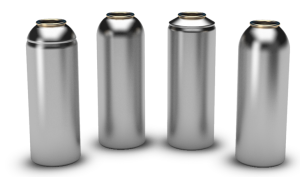
Aerosol Cans
Firstly, Aerosol cans are highly pressured cans which condemn the issue of the good internal base not to be exploded. Such a durable metal alloy like tin or steel, predominantly tin is used as main Aerosol Can part manufacturers. An aerosol is a central component of Aerosol also termed as a dispenser which tends to hold something (usually fluid) under pressure and then that can release it as a fine spray.
Spray too contains propellant which helps the main content to be under high-pressure many components such as valves, the propellant substance is required which usually are supportive substances like butane or propane which boosts the pressure.
Process of Manufacturing
> Aerosol cans are made in different ways. These typically include metals that can safely contain pressurized liquids and gases. Most every day, household aerosols are made from steel. And a traditional tin coating is provided.
> Later the electroplating process with steel helps to create a new material called tinplate.
> Then, the tinplate is wrapped along a cylinder that has a top, and a bottom welded. It ensures that the can is entirely leak-proof to bear high pressure.

They are not limited to these aerosols cans nowadays are made from plastic as to be recycled. Even new, more strong metals are to be used to avoid leakages and are cheap.
Various parts of can separately include:
> Cylindrical cans: The Cylindrical Can Components Manufacturers have to focus on multiple elements such as dooming tool, includes many spheres which are then converted to cuboids and finally cylindrical shape helps these cans to rest on everyday surfaces.
> Drum cans: Likewise, cylindrical cans, Drum cans are cylindrical containers used for bulk cargo. These ends are usually used for sealing the container. Newly, beverage cans tend to have can ends that support 3600 Degrees suppression. Can ends Manufacturers provide many types of ends like: manufacturers have to deal with its perfect dimensions for transportation of liquids and even storage mediums. They have to be certified for shipment purpose as fluids exert pressure.

> Can ends: These ends are usually used for sealing the container. Newly, beverage cans tend to have can ends that support 3600 Degrees suppression. Can ends Manufacturers provide many types of ends like:
1. TFS Open Ends
2. Peel Off Ends
3. Aluminum Beverage Ends
4. Penny Lever Ends and many others.
> Round cans: These cans are ideal for storing food and single-serve meals. The Round Can Component Manufactures makes these cans compatible with both standards and easy-open, usually two or three-piece cans. Even they provide enhancements like colored tabs or laser-etched tabs with finishes that include pearlescent or soft touch.
In this way, the field of canning not limited to food but specific new techniques that make supply ease and easily preserve the contents have come to existence. Day-by-day, new materials are found better than the present and provides the best of its kind.

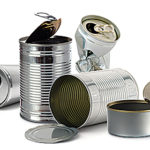
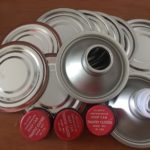
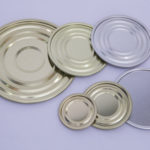

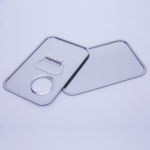
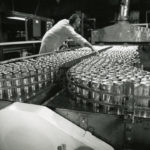


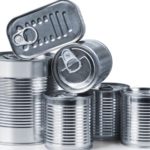
Comments
Leave a Reply